
Guanacaste is a land of tropical dry forest, of plains and of sustainable tourism. It is also a land of extreme weather: it is either raining constantly or it doesn’t rain for months. The months of March and April are known for their heat, their sweltering humidity, but 2016 is registering record high temperatures between 37 and 40 degrees Celsius (98 to 104 degrees Fahrenheit) and for April, a similar forecast is expected until the third week of the month when the rains start.
Getting out of the shower sweating, having a hard time working, feeling the hot breeze and avoiding the midday sun at all costs are just some of the situations being experienced daily in the Northern Pacific part of the country.
The heat increases during the annual dry season since the sun’s rays hit the earth perpendicularly and directly. According to data from the National Meteorological Institute, Guanacaste is the area with the hottest climate in the entire country, followed by the province of Puntarenas.
The El Niño phenomenon (which causes an increase in ocean temperatures) has favored warmer temperatures this year, with an increase of 2 degrees above last year.
“We have not calculated which is the hottest area of Guanacaste by canton because we do not have thermometers in each canton, but we do know that the central area of the province, the corridor that runs from Cañas, Bagaces and Liberia is the hottest area,” said Luis Fernando Alvarado of the Department of Climatology.
In order to stand the heat, Guanacastecans use umbrellas, the best flamenco-style fans and cloths to wipe the sweat from their faces. They sway in a hammock to feel the air move, drink green coconut water or sodas and take advantage of their rivers, ponds and beaches.

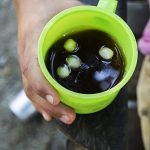





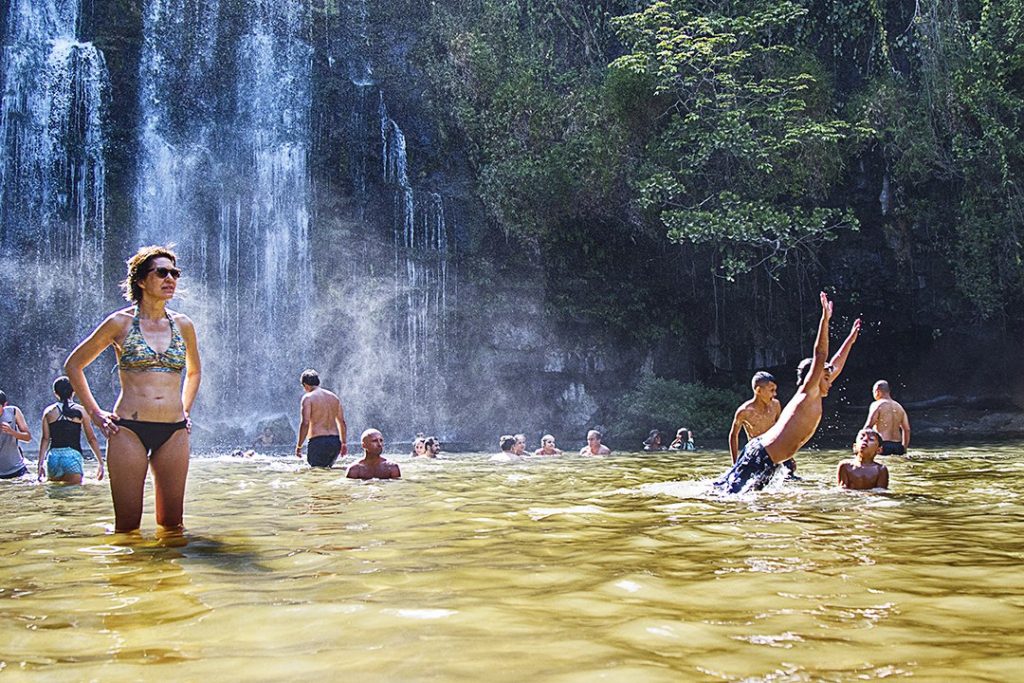
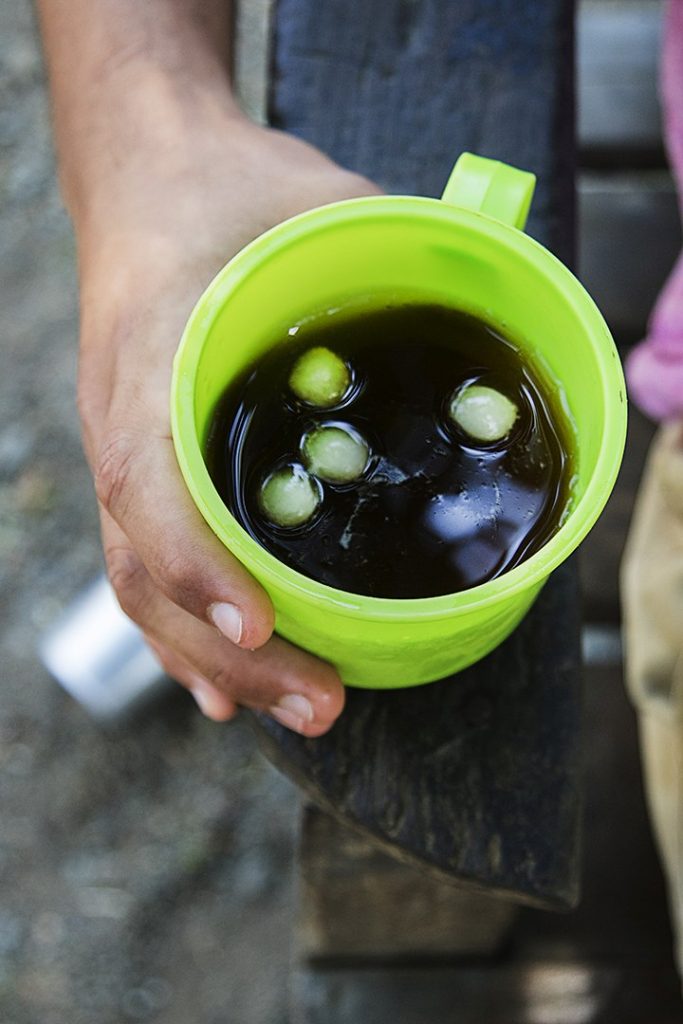
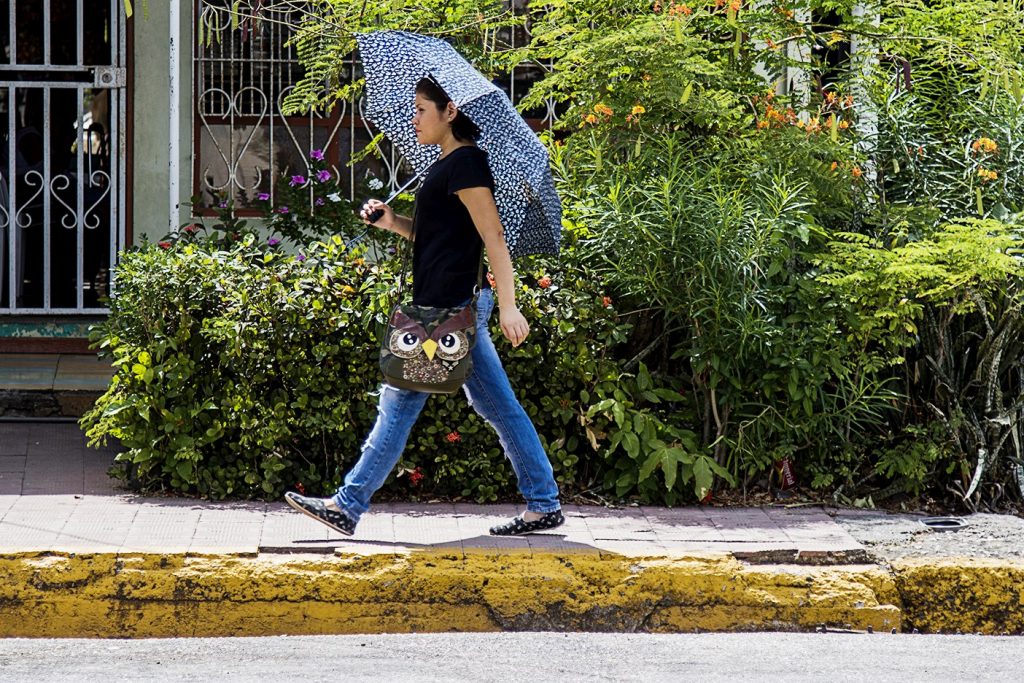
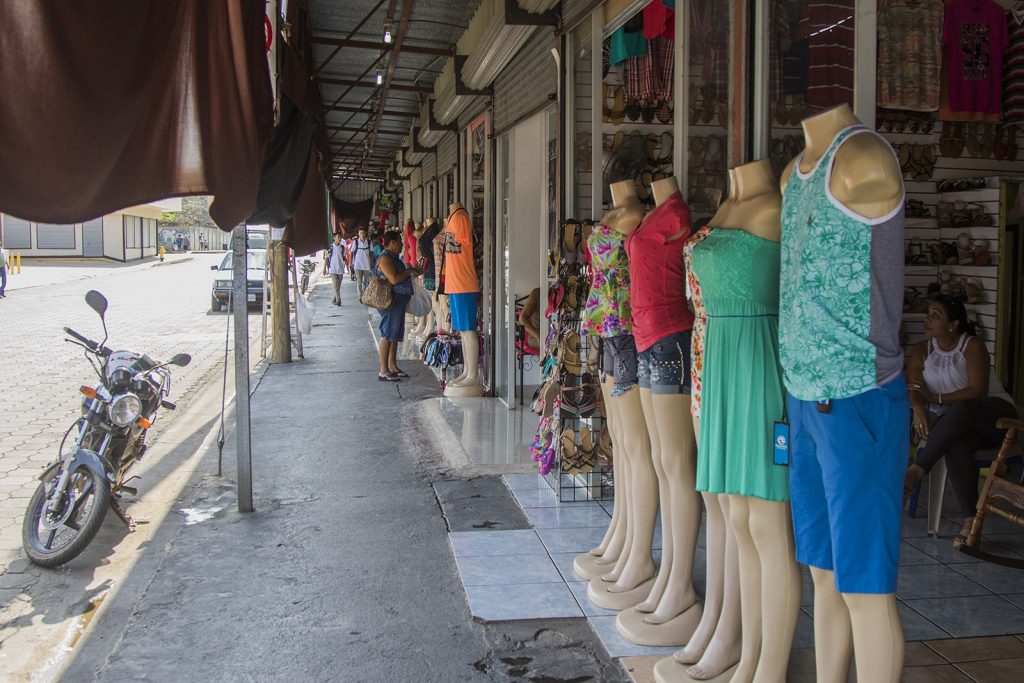
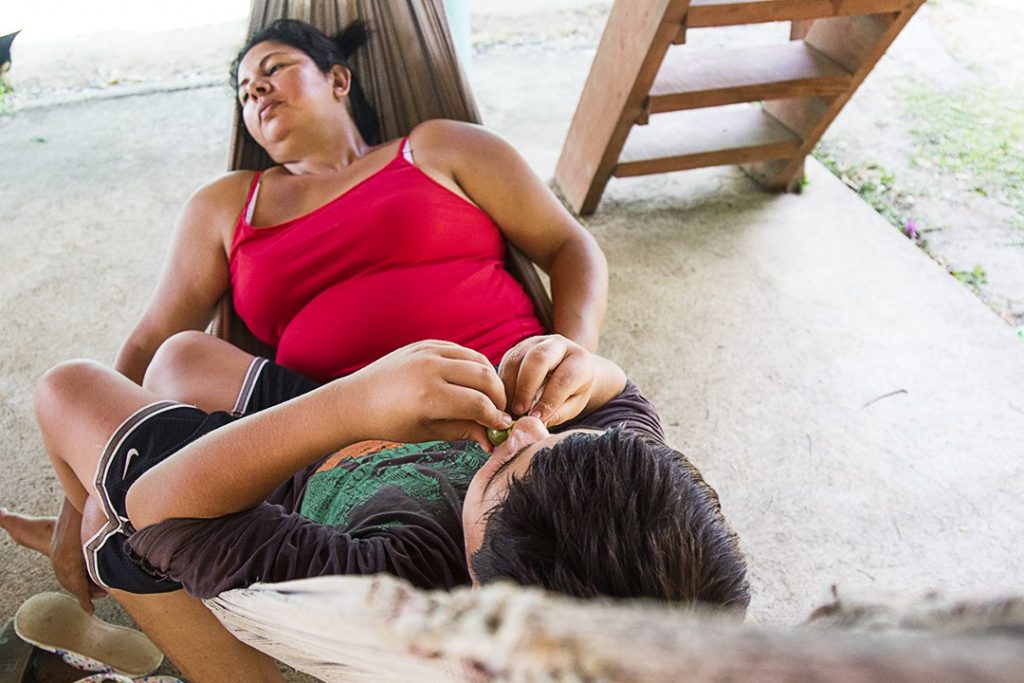
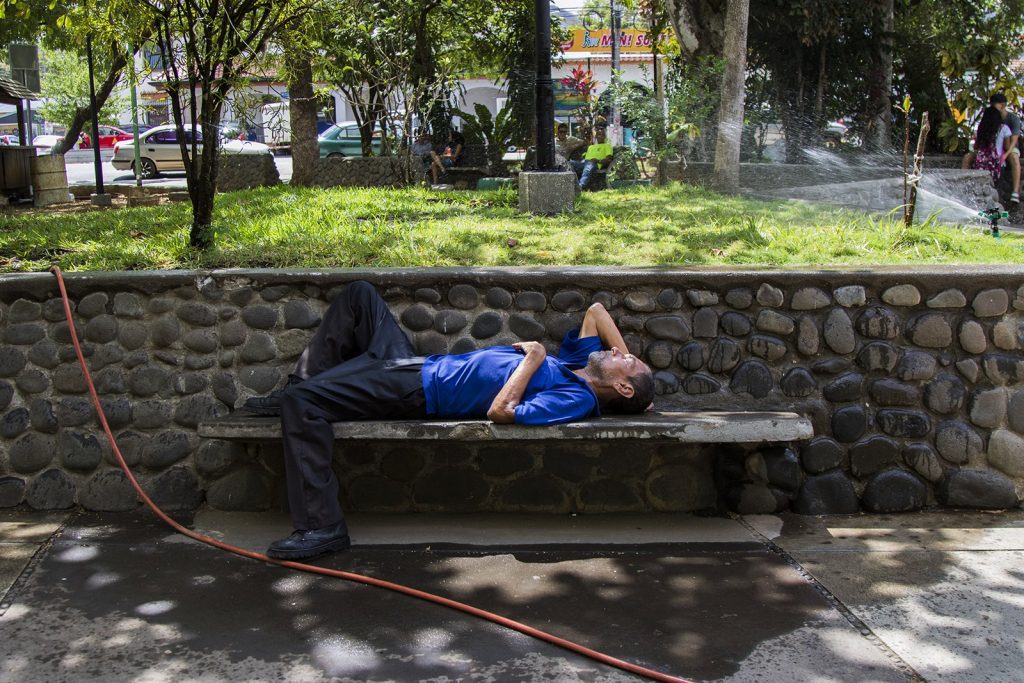
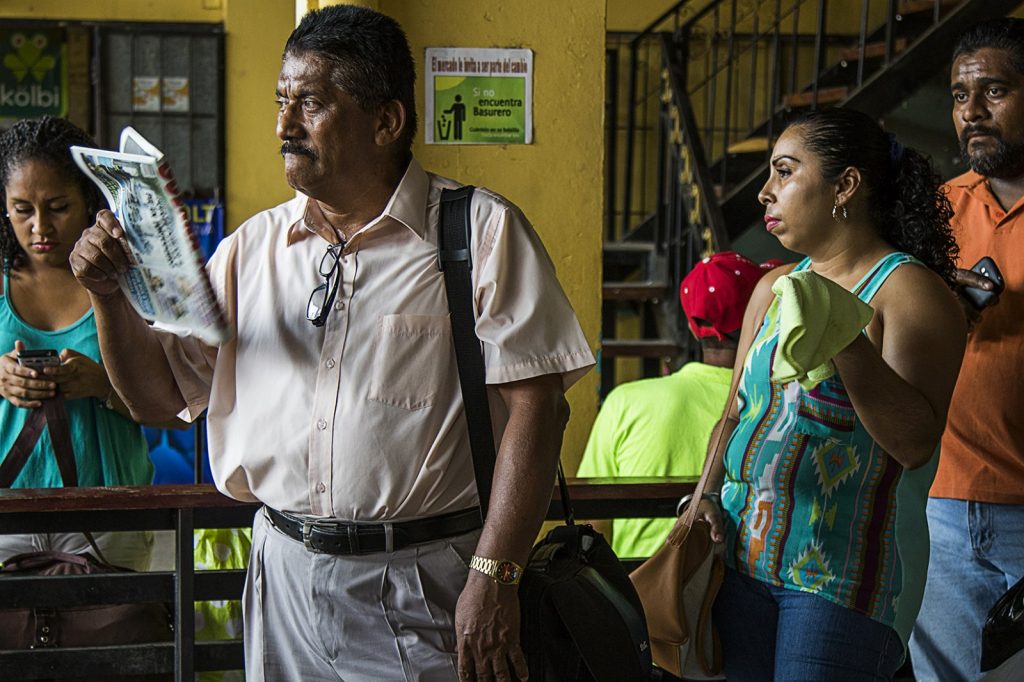


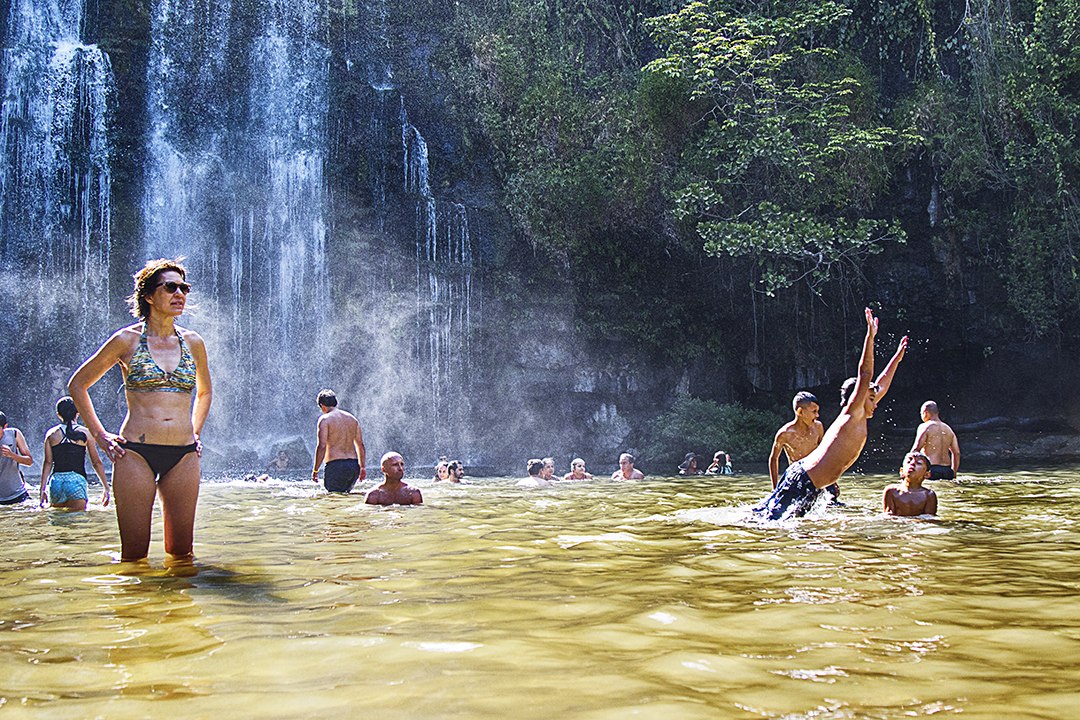
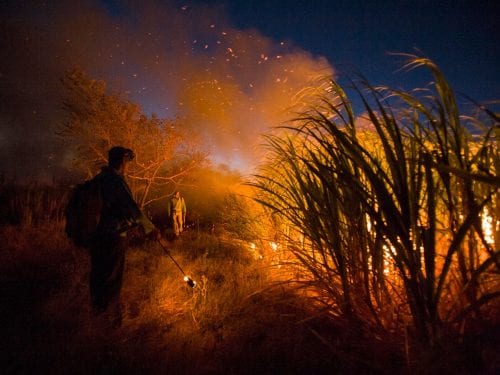
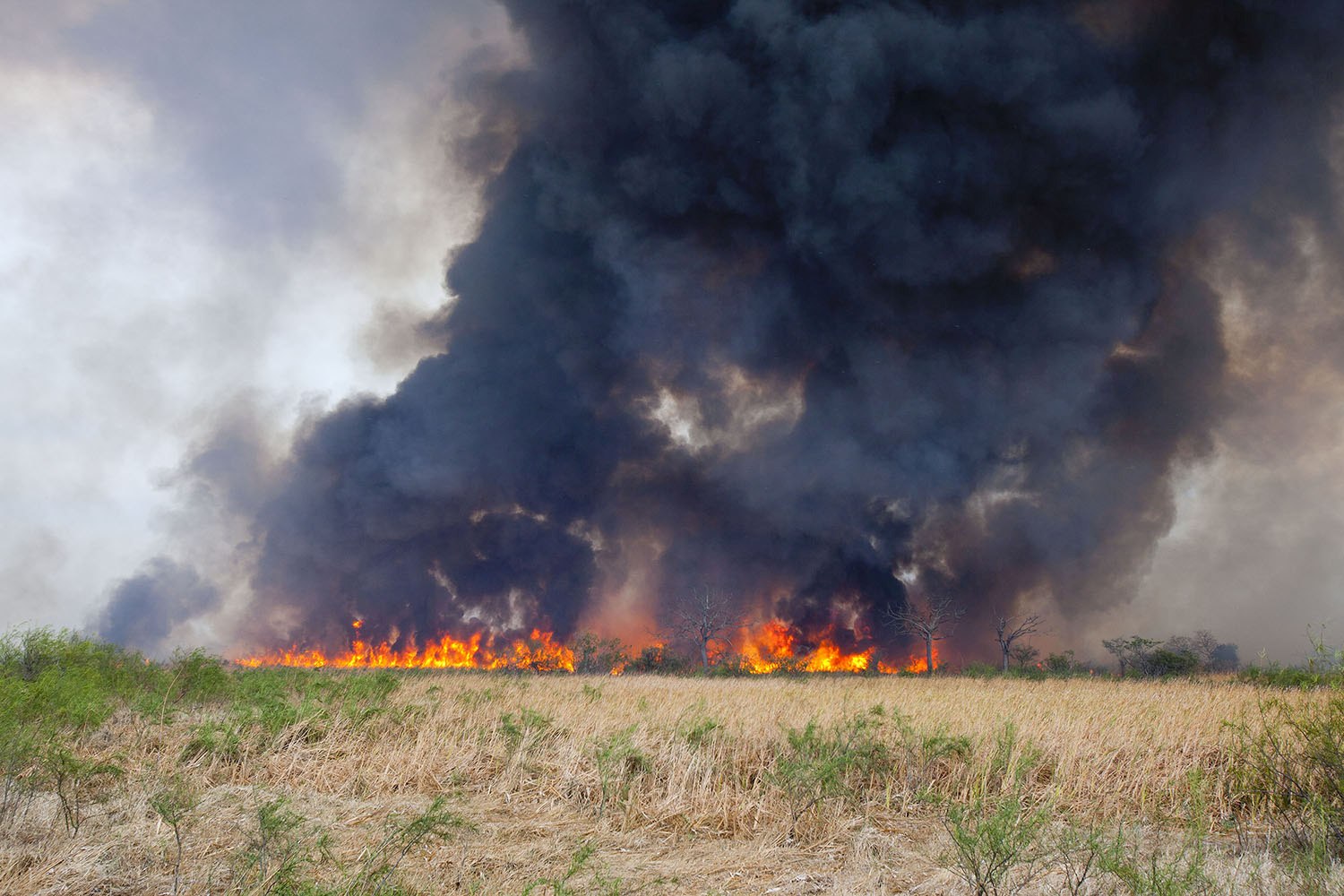
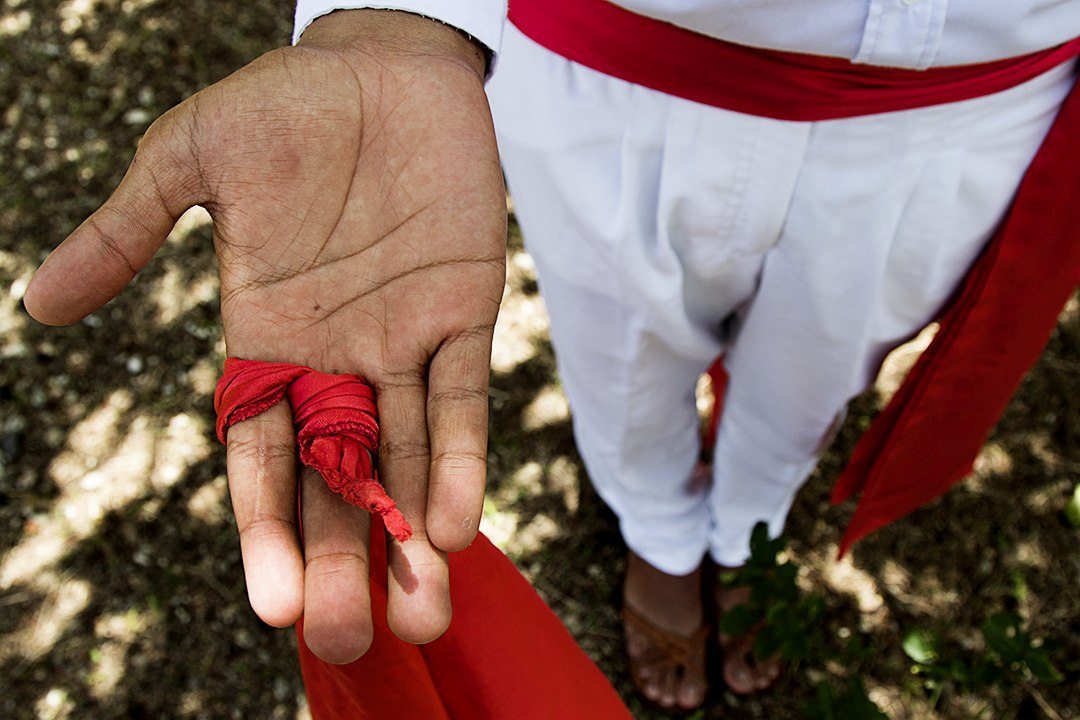

Comments